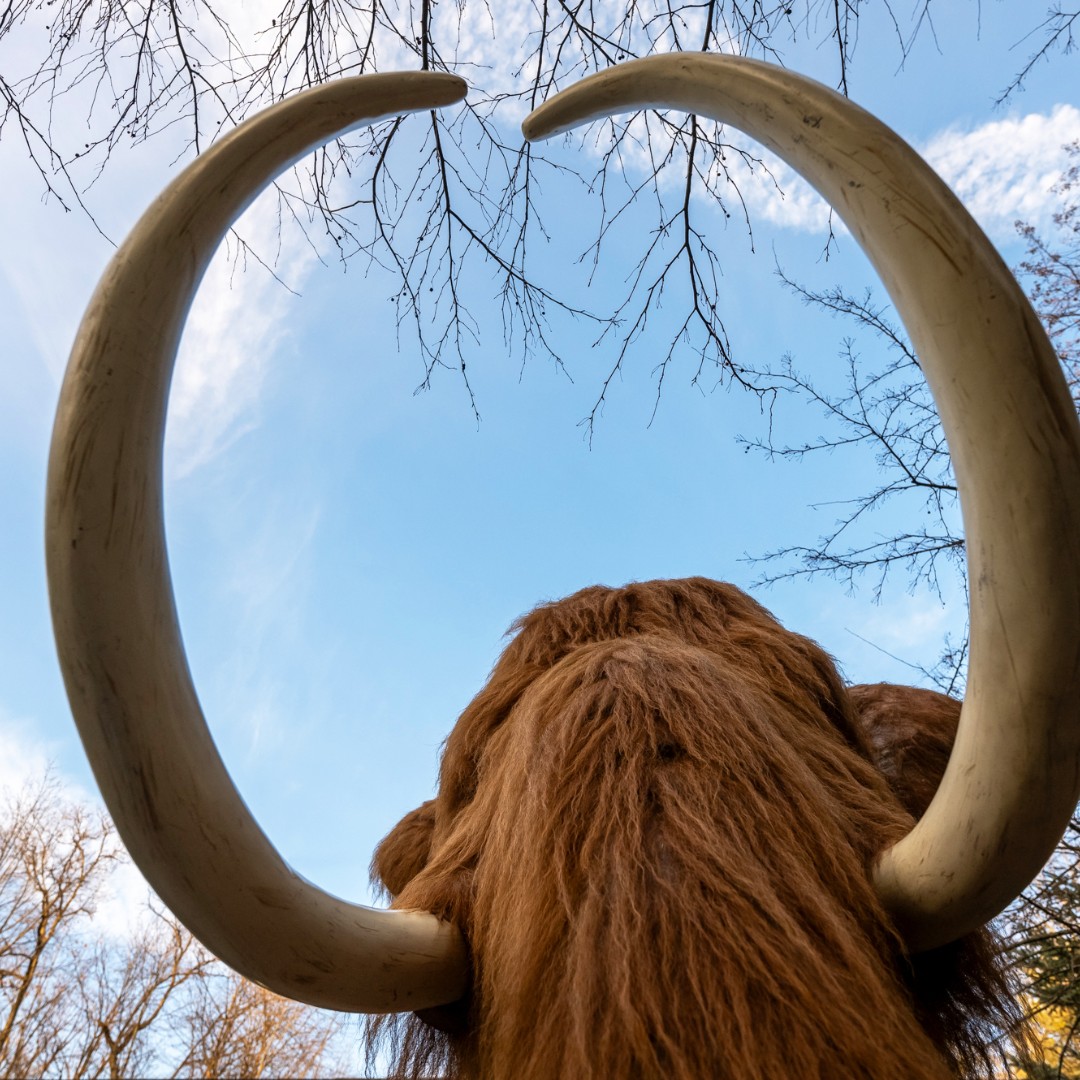- Explore the prehistoric wildlife exhibit "Ice Age: Frozen in Time" at Pittsburgh Zoo & Aquarium and its educational significance.
- Understand the biological characteristics and historical significance of iconic Ice Age animals, such as mammoths, mastodons, saber-tooth cats, and ground sloths.
- Discuss the role of zoos in conservation and education, focusing on the replication of Ice Age habitats to promote environmental awareness.
- Analyze the challenges of recreating extinct ecosystems and the importance of scientific accuracy in educational exhibits.
- Present the broader implications of Ice Age studies on current wildlife conservation efforts and climate change awareness.
The Pittsburgh Zoo & Aquarium invites visitors on a captivating journey back to an ancient glacial epoch through "Ice Age: Frozen in Time," an enthralling exhibit starting April 14. This experience immerses guests in the majestic epoch where giants roamed the Earth, offering educational encounters with life-sized replicas of animals such as towering mammoths, mighty mastodons, ferocious saber-tooth cats, and massive ground sloths. This exhibit not only fascinates with its prehistoric grandeur but imparts critical lessons on zoology and wildlife conservation.
Renowned for its education initiatives, the Pittsburgh Zoo & Aquarium provides a portal to a period when resilient megafauna dominated the land. By examining the distinctive characteristics and adaptations of these prehistoric giants, visitors can gain insights into their evolution and ecological roles. Mammoths and mastodons, for instance, are central figures due to their large size and their resemblance to modern elephants. Their woolly coats and massive tusks were adaptations to the freezing temperatures and vast open landscapes of the Ice Age. Saber-tooth cats, with their iconic elongated canine teeth, reveal the predatory dynamics and ecosystem balance during this period. Studying these species enhances our understanding of biodiversity and the intricate web of life that supported such formidable creatures.
Zoos like the Pittsburgh Zoo & Aquarium play a crucial role in wildlife conservation and education by recreating habitats from different eras to spark curiosity and environmental stewardship. These institutions afford a unique opportunity to engage with the history of our planet, emphasizing the importance of preserving biodiversity. The "Ice Age: Frozen in Time" exhibit serves as a dynamic classroom, where visitors learn about the delicate balance of ecosystems and human impact on the environment. Educational programs and guided tours discuss the consequences of habitat loss and climate change, encouraging visitors to participate in conservation efforts.
Recreating ecosystems from the past poses significant challenges, requiring a careful balance between scientific accuracy and public engagement. Each exhibit must reflect the ancient environments with attention to detail, ensuring the animals and habitats appear authentic. The precision of depicting the Ice Age’s flora and fauna underscores the collaboration between paleontologists, ecologists, and artists. These exhibits offer more than just visual spectacle; they communicate complex ecological dynamics and the historical context of prehistoric life. The accurate portrayal of these ecosystems aids in fostering a deeper appreciation for Earth’s history and the importance of protecting its future.
The study of Ice Age fauna extends beyond mere fascination; it imparts valuable lessons for today’s conservation efforts. Understanding the causes of these species’ extinctions, often linked to dramatic climate shifts and human activities, informs current strategies to protect endangered species. As climate change poses significant challenges for contemporary wildlife, insights from the past become indispensable. This exhibit encourages an examination of past adaptation strategies and their relevance to modern conservation issues.
Furthermore, educating the public about these prehistoric creatures fosters an enduring interest in natural history and contemporary environmental challenges. By connecting the Ice Age to today’s climate change debates, the Pittsburgh Zoo & Aquarium underscores the significance of historical lessons in shaping informed conservation policies. "Ice Age: Frozen in Time" inspires visitors to become advocates for wildlife preservation and environmental reform.
Incorporating these aspects, the exhibit stands as a testament to the synergy between education, entertainment, and conservation advocacy. As visitors traverse through the serene, icy landscapes populated by life-sized models of extinct megafauna, they are invited to reflect on the delicate equilibrium that allowed these giants to thrive. Each display addresses several aspects of zoology, offering layers of scientific knowledge waiting to be explored and appreciated.
In conclusion, "Ice Age: Frozen in Time" at the Pittsburgh Zoo & Aquarium represents an exemplary educational endeavor blending entertainment with scientific inquiry. Through this approach, it captivates audiences, inspiring a deeper understanding of our planet’s past—highlighting the interconnectedness of historical ecosystems and present conservation challenges. This exhibit is not merely about viewing replicas of historical creatures but immerses visitors in the integral narratives of survival, adaptation, and the ongoing battle against environmental threats.
*****
Source Description
🧊🦣Something frigid this way comes! Starting April 14, travel back in time and encounter the amazing animals of the past as the Pittsburgh Zoo & Aquarium presents Ice Age: Frozen in Time. Recreated scenes transport guests back millions of years to a glacial world populated by towering mammoths, mighty mastodons, ferocious saber-tooth cats, massive ground sloths, and many more. Tickets available on site! You can read more on our website.

